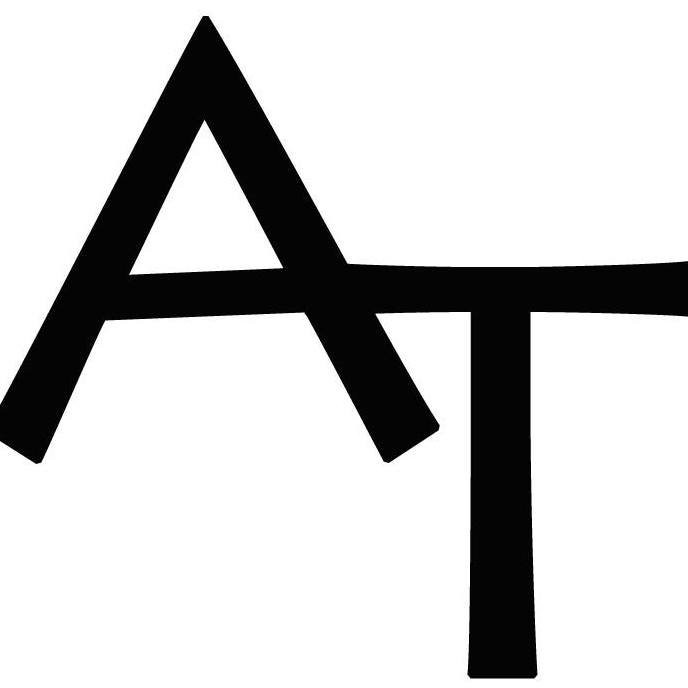The Illusion of Control
I’ve been reflecting on the nature of control—what it means to have it, to feel like we are in control, and the ways we avoid the unsettling sense of being out of control. In many ways, this concept underpins much of why people seek out mental health counseling. When parts of our lives feel chaotic or unmanageable, we feel out of control and this discomfort often drives us to seek guidance in an effort to regain a sense of equilibrium and agency.
What strikes me, however, is that this control that we are seeking, when honestly interrogated, is revealed to be little more than an illusion. The aspects of my life that I consider "in control" are usually those where I feel at ease and balanced—and thus I don’t feel compelled to scrutinize the extent to which I am actually “in control” of these areas. It is this lack of interrogation that lulls me into the comforting illusion that I am in control. But if I consciously and thoroughly examine the dynamics at play, it becomes evident that what feels like control is simply a harmony of circumstances that doesn’t challenge my sense of stability.
Many of us approach counseling because we’re grappling with feelings of imbalance or unease and we frame this as a lack of control, which is a natural perspective to take - when we feel "in control," life feels manageable; we’re content, grounded, and calm. But when contentment and comfort are disrupted—whether by external events beyond our influence or internal reactions that spiral—we experience existential discomfort. This is when we reach out for support, seeking insight and strategies to reshape our responses and restore balance.
Much of modern therapeutic practice emphasizes altering thought patterns and behaviors in order to alleviate distress. Approaches like CBT, DBT, and ACT aim to help us identify and challenge unhelpful beliefs and thought processes, fostering a more balanced and logical response to life’s challenges. These methods are evidence-based and effective. They often lead to reduced anxiety, diminished negative self-talk, and an overall sense of improved well-being. From a practical standpoint, they provide invaluable tools for clients to feel more "in control."
Yet, at a deeper level, I see these techniques as tools for creating new mental habits that foster balance and reduce distress. These therapeutic approaches don’t grant us actual control over our thoughts or emotions; rather, they rewire the frameworks through which these thoughts and feelings arise. By practicing within these new patterns of thought and response, we cultivate a sense of ease, but the underlying reality remains: our thoughts and feelings often emerge unbidden, shaped by intricate interactions of biology, psychology, experience, etc.
This perspective might seem overly esoteric and unnecessary for direct client work. And indeed, I find it is not always relevant nor useful to bring up this philosophical nuance into therapeutic conversations when working with clients. What matters most is helping clients achieve the balance and contentment they seek, regardless of whether they frame it as "control," because for me, balance reflects a congruence between our internal processes and the external realities of our lives. My work with clients is about cultivating a state where their thoughts, emotions, and actions feel aligned within their moment-to-moment experience of living. When clients articulate a desire for "control," my focus shifts to helping them find this equilibrium within themselves. Once balance is restored, the question of control becomes secondary—it’s the sense of steadiness and contentment that truly matters.
Ultimately, while I view the experience of control as an illusion—a construct shaped by our responses to thoughts, feelings, and circumstances—this philosophical stance need not interfere with practical outcomes. The therapeutic work is about guiding clients toward a life that feels grounded and harmonious, helping them navigate challenges with resilience and grace. Whether through mindfulness, cognitive reframing, or other therapeutic tools, the aim is the same: to foster a deeper connection to the present moment and to themselves, so that peaceful contentment and balance can flourish.

